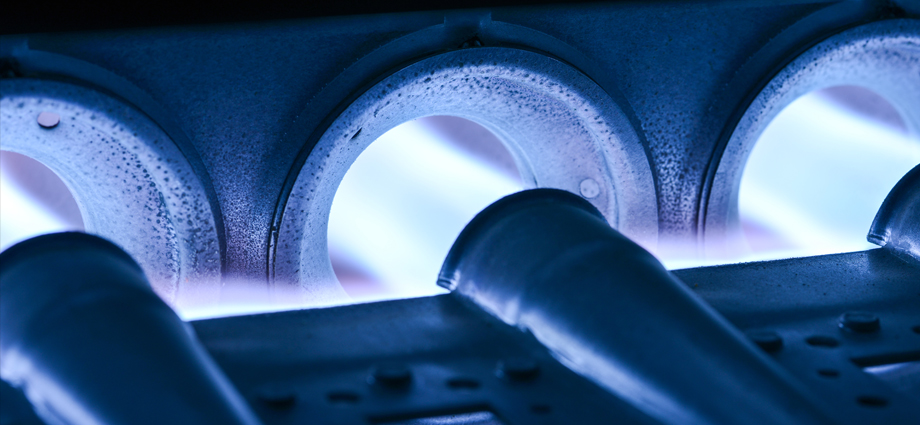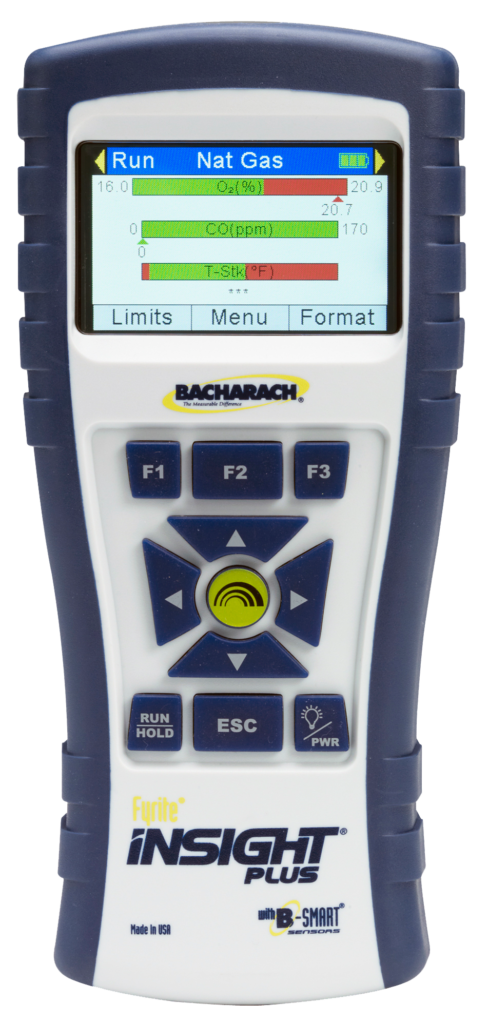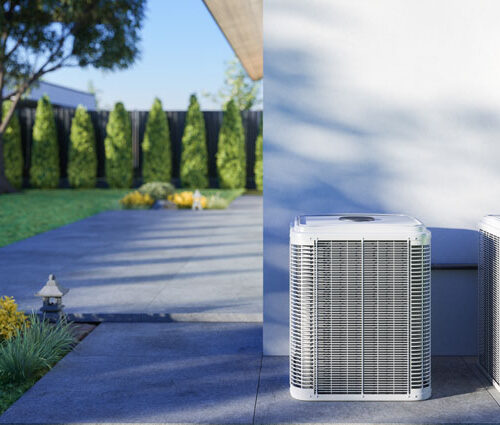
What if there was a simple way for HVAC technicians to optimize the efficiency of HVAC systems, help ensure customers’ safety, and stand out from the competition? A combustion analyzer does exactly that! This powerful tool can help technicians improve fuel usage, detect safety issues before they become costly, and show customers that the service they’re receiving is a cut above the rest—ultimately giving your HVAC business a competitive edge.
Stand out from the competition with a combustion analyzer
A combustion analyzer is one of the best business investments you can make as an HVAC professional. It isn’t solely for boilers, either. In fact, a combustion analyzer can be used on many types of HVAC equipment.
There are several reasons HVAC businesses should regularly use a combustion analyzer and several ways businesses and customers can benefit including:
- Improving combustion efficiency
- Detecting safety hazards in combustion systems
- Providing HVAC businesses a unique advantage over competition
Before we look at each of those areas in more detail, let’s examine what a combustion analyzer does.
What is a combustion analyzer, and how does a combustion analyzer work?
A combustion analyzer is a device that measures the contents of flue gas. Flue gases are by-products of combustion, and data about the gas’s contents can help HVAC technicians make informed repairs and recommendations. Combustion analyzers also allow installers to verify that flames are properly adjusted in an appliance and that excess (and potentially harmful) emissions are not being leaked into a home or building.
Most combustion analyzers are handheld electronics that provide useful data showing percent combustion efficiency. The measurement shows how efficient the combustion process is within the system. Combustion analyzers are excellent tools for HVAC employees and provide several benefits that can be an advantage for HVAC businesses.

How can a combustion analyzer improve combustion efficiency?
Combustion efficiency is a percentage measurement of how well equipment burns a specific fuel. Complete combustion efficiency (100%) would extract all the energy available in the fuel. However, 100% combustion efficiency is not realistically achievable. Various combustion processes produce combustion efficiencies from 0% to 95%.
Combustion efficiency calculations assume complete fuel combustion and are based on three factors:
- The chemistry of the fuel.
- The net temperature of the stack gases.
- The percentage of oxygen or CO2 by volume after combustion.
If your calculation shows that your equipment is losing 25% of the fuel’s heating value through stack losses, it is running at 75% efficiency.
Eyeballing the flame is outdated and doesn’t allow efficiency optimization
For many years, looking at the flame’s color, shape, and stability has been used as a “rule of thumb.” However, technicians can’t optimize the efficiency of HVAC equipment based on eyeballing alone.
If your doctor looked at you and said they needed to operate simply by “eyeballing” you, you’d be seeking a second opinion (and probably a new doctor!). Instead, doctors use sophisticated instrumentation to help when diagnosing patients. For HVAC technicians, a combustion analyzer is one of those sophisticated tools that helps them to diagnose problems or verify that the HVAC equipment is operating at maximum efficiency.
Using a combustion analyzer can help an HVAC technician uncover and resolve many issues before they become major problems. For the customer, this can potentially mean hundreds or even thousands of dollars in savings.
The data these instruments provide about oxygen, carbon dioxide, and flue temperatures allows workers to adjust boilers and other systems for optimal fuel efficiency. Heat energy escaping the stack is typically the largest culprit in lost fuel efficiency. A combustion analyzer can provide data to show this and help HVAC technicians provide their customers with vital cost savings.
Any business that can put more money in customers’ pockets is certainly in a good position. But money isn’t the only value—another huge reason for using a combustion analyzer is safety.
How can a combustion analyzer Improve Safety?
HVAC companies can utilize combustion analyzers as a verification of the quality of a technician’s work and to help contribute to customer safety. Some issues simply cannot be detected without the aid of this instrument.
Combustion analyzers can help discover a cracked heat exchanger
While visual inspection of the heat exchanger is a good practice, a visual inspection alone may not ensure that the heat exchanger has no cracks or pinhole leaks caused by corrosion.
One sign of a cracked heat exchanger is a change in the oxygen concentration in the flue gases of greater than 1/2% oxygen or a change in the carbon monoxide level of greater than 25 ppm. This change is measured by comparing readings before and after the circulation blower has turned on. For this test to be valid, CO levels must be present in flue gas.
Although some cracks may be seen with visual inspection alone, the method described above can be used to find “invisible” cracks or cracks that may not show until expansion occurs as the furnace heats up.
Combustion analyzers can help prevent carbon monoxide poisoning

Many homeowners feel protected from carbon monoxide because of in-house detectors. However, depending on the detector’s settings, it may only alert homeowners when levels approach high thresholds. Not all carbon monoxide leaks will involve high releases of the toxic gas and even continuous exposure to low levels of CO can result in illness. A combustion analyzer is designed to pick up the slightest trace of harmful gases, giving an early warning of potential dangers down the road.
Further, by measuring oxygen levels using a combustion analyzer, technicians can adjust the furnace to produce a proper flame and maintain a safe level of carbon monoxide in the stack. The combination of efficiency and safety highlights how beneficial this technology can be, which brings us to our final benefit of using a combustion analyzer: using this technology can help place HVAC businesses in a position to differentiate themselves from competitors.
How combustion analyzers can help position HVAC businesses for success
Another reason HVAC professionals may choose to invest in combustion analyzers is to separate their company from the competition. Owning this device can indicate to the customer that the HVAC company takes the job seriously. It enables HVAC pros to investigate issues that other companies that do not utilize a combustion analyzer can’t, and it shows that their company is willing and able to go the extra mile to help contribute to their customers’ safety.
How using a combustion analyzer can increase customer loyalty
With this one instrument, HVAC businesses can offer a wider range of services, complete work faster, and show data-driven results. For instance, some analyzers are equipped with wireless printing. This is a convenient way to both track data and provide receipts to customers.
This technology allows technicians to provide customers with printed before-and-after combustion reports for their records. It also allows HVAC companies to demonstrate the savings consumers can experience and show the changes that have been made. This type of service can increase customer loyalty and recurring business.
Check out the MSA Bacharach® Combustion Analyzer Reference Guide and find the best fit for your HVAC business
With so many potential benefits, it’s clear why using a combustion analyzer can set an HVAC business apart from the rest. Investing in this technology can help HVAC professionals maintain safer systems and healthier buildings. This technology may also allow professionals to offer better and more accurate services.
Need help finding the right combustion analyzer for your HVAC business? Our comprehensive Combustion Analyzer Reference Guide breaks down the features, benefits, and best uses for each model. Explore the guide today and take the next step to empower your HVAC technicians to stand out from the pack!







